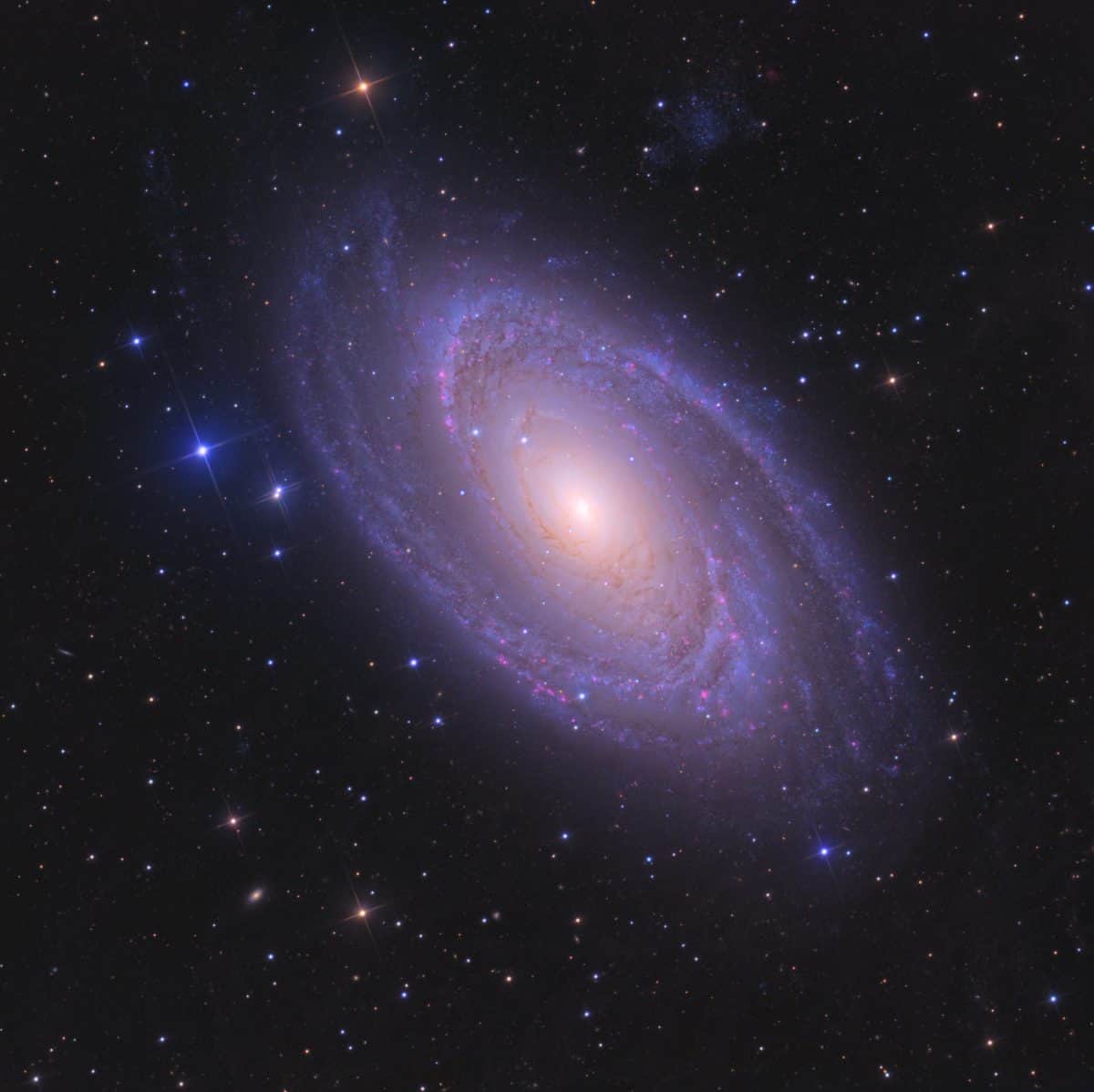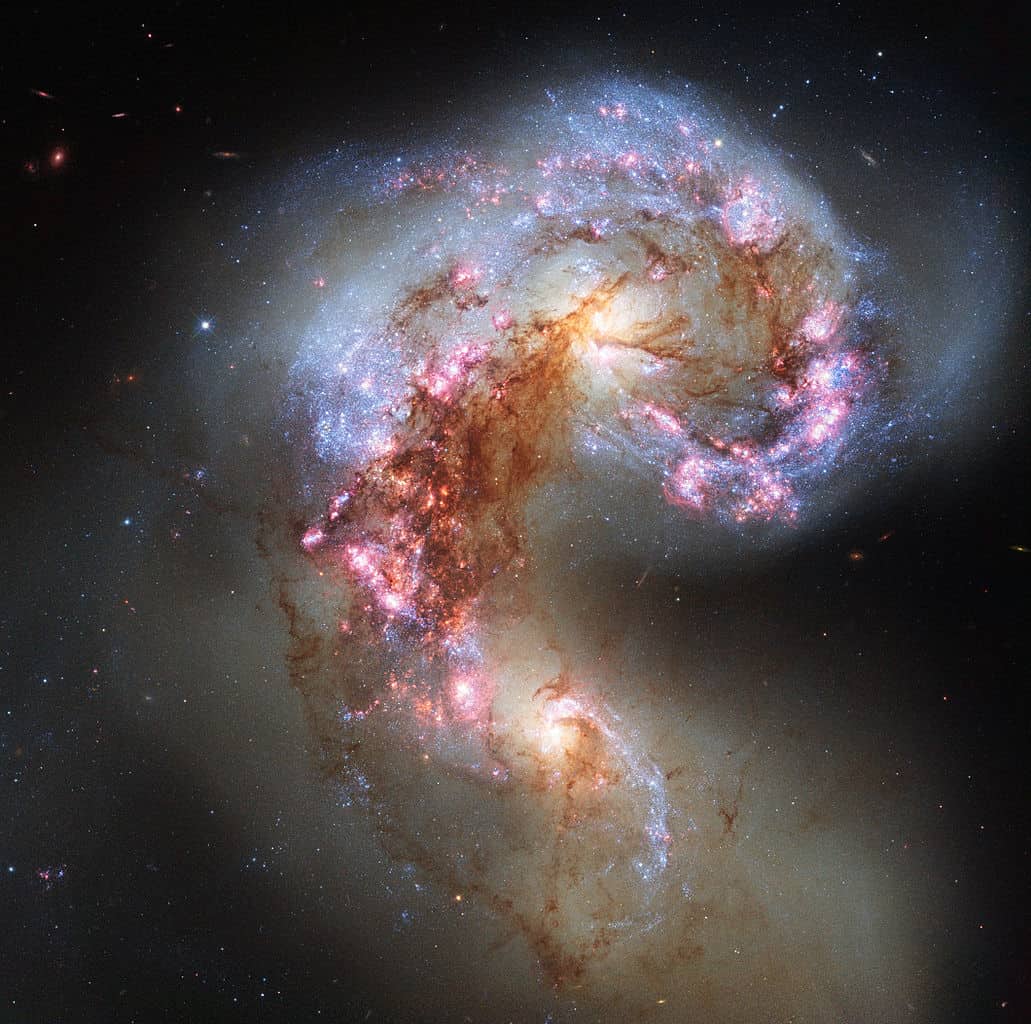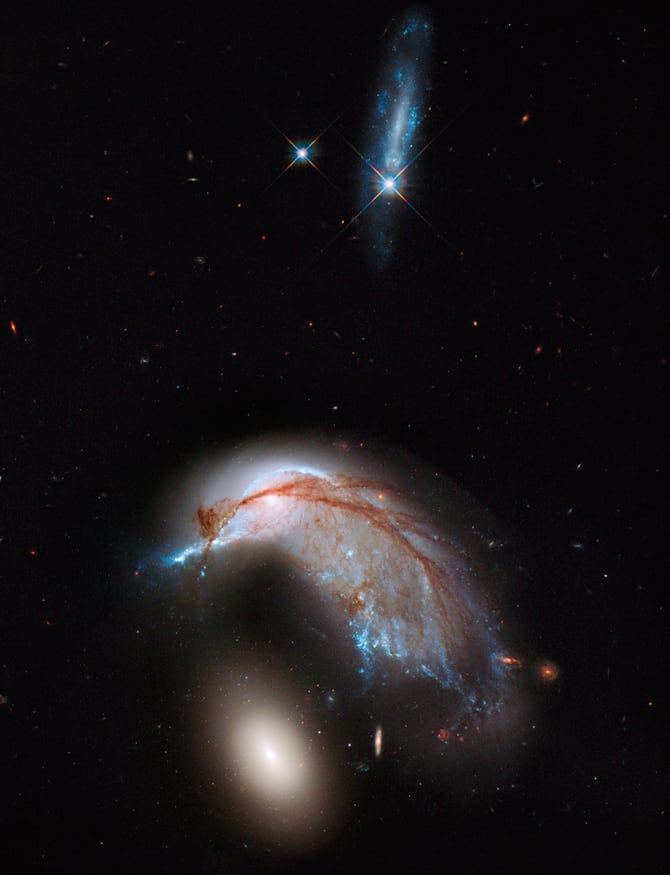Blog
Bennie Green (April 16, 1923 – March 23, 1977) was an American jazz trombonist.
Born in Chicago, Illinois, Green worked in the orchestras of Earl Hines and Charlie Ventura, and recorded as bandleader through the 1950s and 1960s. According to critic Scott Yanow of Allmusic, Green’s style straddled swing music and soul, making him one of the few trombonists of the 1950s and ’60s uninfluenced by the pioneering sound of J.J. Johnson.
Green relocated to Las Vegas where he played in hotel bands for the last decade of his career, though he made occasional appearances at jazz festivals. He died on March 23, 1977.
more...Purnell was born in New Orleans on April 16, 1911. He sang before playing piano professionally, beginning to do so locally in New Orleans in 1928. He played in the 1930s with Isaiah Morgan, Alphonse Picou, Big Eye Louis Nelson, Sidney Desvigne, and Cousin Joe, and with Bunk Johnson in the middle of the 1940s. Purnell joined George Lewis‘s band after Johnson’s broke up in 1946, and remained there well into the 1950s, including for international tours.
In 1957 Purnell relocated to Los Angeles. There he worked with Teddy Buckner, Young Men from New Orleans, Joe Darensbourg, Kid Ory, Barney Bigard, and Ben Pollack. He also recorded extensively as a leader, including for Warner Bros. Records, GHB, and Alligator Jazz. In the 1970s and 1980s, Purnell was a regular at the South Bay New Orleans Jazz Club in Gardina California, with or often shared the stage with Ed Garland or Buddy Johnson.
more...Indian classical flautist, who plays the bansuri, an Indian bamboo flute, in the Hindustani classical tradition.
https://www.youtube.com/watch?v=bmzD8SOnoKg&index=1&list=PL6DD514408E1C2067
more...Ting a Ling
https://www.youtube.com/watch?v=IdI9cMUkBeU&list=PLEB3LPVcGcWZ0hsQ5_jgSMhawAnDzy1io&index=12
more...
The Antennae Galaxies, also known as Ringtail Galaxy or Arp 244 and NGC 4038/NGC 4039, are a pair of interacting galaxies in the constellation Corvus. They are currently going through a starburst phase, in which the collision of clouds of gas and dust, with entangled magnetic fields, causes rapid star formation. They were discovered by William Herschel in 1785.
The Antennae Galaxies are undergoing a galactic collision. Located in the NGC 4038 group with five other galaxies, these two galaxies are known as the Antennae Galaxies because the two long tails of stars, gas and dust ejected from the galaxies as a result of the collision resemble an insect’s antennae. The nuclei of the two galaxies are joining to become one giant galaxy. Most galaxies probably undergo at least one significant collision in their lifetimes. This is likely the future of our Milky Way when it collides with the Andromeda Galaxy.
Five supernovae have been discovered in NGC 4038: SN 1921A, SN 1974E, SN 2004GT, SN 2007sr and SN 2013dk.
A recent study finds that these interacting galaxies are less remote from the Milky Way than previously thought—at 45 million light-years instead of 65 million light-years.
more...
Richard Davis (born April 15, 1930) is an American jazz bassist. Among his most famous contributions to the albums of others are Eric Dolphy’s Out to Lunch!, Andrew Hill’s Point of Departure, and Van Morrison’s Astral Weeks, of which critic Greil Marcus wrote (in The Rolling Stone Illustrated History of Rock and Roll), “Richard Davis provided the greatest bass ever heard on a rock album.”
During the 1960s, Davis was in demand in a variety of musical circles. He worked with many of the cutting edge small jazz groups of the time, including those led by Eric Dolphy, Jaki Byard, Booker Ervin, Andrew Hill, Elvin Jones, and Cal Tjader. From 1966–1972, he was a member of The Thad Jones/Mel Lewis Orchestra. He has also played with Don Sebesky, Oliver Nelson, Frank Sinatra, Miles Davis, Dexter Gordon, and Ahmad Jamal.
more...Bernard Sylvester Addison (April 15, 1905 – December 18, 1990) was a jazz guitarist.
He studied mandolin and violin at an early age. After moving with his family to Washington, D.C., he and led a group on banjo with Claude Hopkins. He switched to guitar when he worked with Louis Armstrong in 1930. He also worked with (in chronological order) Benny Carter, Fletcher Henderson, Adelaide Hall, Jelly Roll Morton, Bubber Miley, Coleman Hawkins, the Mills Brothers, Mezz Mezzrow, Teddy Bunn, Stuff Smith, and Sidney Bechet.[1]
Addison served in the military during World War II. During the 1950s, he played with the Ink Spots, Eubie Blake, and participated in a Fletcher Henderson reunion.
more...Bessie Smith (April 15, 1894 – September 26, 1937) was an American blues singer. Nicknamed the Empress of the Blues, she was the most popular female blues singer of the 1920s and 1930s. She is often regarded as one of the greatest singers of her era and was a major influence on other jazz singers.
The 1900 census indicates that her family reported that Bessie Smith was born in Chattanooga, Tennessee, in July 1892. The 1910 census gives her age as 16, and a birth date of April 15, 1894 appears on subsequent documents and was observed as her birthday by the Smith family. The 1870 and 1880 censuses report three older half-siblings, but later interviews with Smith’s family and contemporaries contain no mention of them among her siblings.
https://www.youtube.com/watch?v=meuwKhPGItk
more...Sa Dingding was born in Inner Mongolia (China) to a Mongolian mother and a Chinese father. She is a multi-instrumentalist, playing the zhen (a Chinese zither with 25 strings), Chinese drum, Chinese gong and horse-head fiddle (a bow-stringed instrumental with a scroll carved like a horse’s head).
more...
Messier 81 (also known as NGC 3031 or Bode’s Galaxy) is a spiral galaxy about 12 million light-years away, in the constellation Ursa Major. Due to its proximity to Earth, large size, and active galactic nucleus (which harbors a 70 million M supermassive black hole), Messier 81 has been studied extensively by professional astronomers. The galaxy’s large size and relatively high brightness also make it a popular target for amateur astronomers.

An infrared image of Messier 81 taken by the Spitzer Space Telescope. The blue colors represent stellar emission observed at 3.6 μm. The green colors represent 8 μm emission originating primarily from polycyclic aromatic hydrocarbons in the interstellar medium. The red colors represent 24 μm emission originating from heated dust in the interstellar medium.
Most of the emission at infrared wavelengths originates from interstellar dust. This interstellar dust is found primarily within the galaxy’s spiral arms, and it has been shown to be associated with star formationregions. The general explanation is that the hot, short-lived blue stars that are found within star formation regions are very effective at heating the dust and thus enhancing the infrared dust emission from these regions.
Eugene “Jug” Ammons (April 14, 1925 – August 6, 1974), also known as “The Boss”, was an American jazz tenor saxophonist. The son of boogie-woogie pianist Albert Ammons, Gene Ammons is remembered for his accessible music, steeped in soul and R&B, but his career was hampered by two incarcerations on drugs charges.
Born in Chicago, Illinois, Ammons studied music with instructor Walter Dyett at DuSable High School. Ammons began to gain recognition while still at high school when in 1943, at the age of 18, he went on the road with trumpeter King Kolax‘s band. In 1944 he joined the band of Billy Eckstine (who bestowed on him the nickname “Jug” when straw hats ordered for the band did not fit), playing alongside Charlie Parker and later Dexter Gordon. Notable performances from this period include “Blowin’ the Blues Away,” featuring a saxophone duel between Ammons and Gordon. After 1947, when Eckstine became a solo performer, Ammons then led a group, including Miles Davis and Sonny Stitt, that performed at Chicago’s Jumptown Club. In 1949 Ammons replaced Stan Getz as a member of Woody Herman‘s Second Herd, and then in 1950 formed a duet with Sonny Stitt.
Milton “Shorty” Rogers (April 14, 1924 – November 7, 1994) was one of the principal creators of West Coast jazz. He played trumpet and flugelhornand was in demand for his skills as an arranger.
Rogers worked first as a professional musician with Will Bradley and Red Norvo. From 1947 to 1949, he worked extensively with Woody Herman and in 1950 and 1951 he played with Stan Kenton.
Rogers appeared on the 1954 Shelly Manne album The Three and the Two along with Jimmy Giuffre. Much of the music he recorded with Giuffre showed his experimental side, resulting in an early form of avant-garde jazz. He also made notable recordings with Art Pepper and André Previn, among others.
more...Vocalist, songwriter, percussionist and luthier, was born in Freetown, Sierra Leone, in a family of musicians.
He grew up listening to the songs of his mother, mix Fullah and Mandingo, and assimilating the rhythms that his grandfather played on the drums, experiences that have marked his musical identity.
From an early age Seydu was an integrant of the ” Sierraleonean National Dance Troupe “, founded by his grandfather.
With this troupe he traveled to Nigeria where he lived in the commune of Fela Kuti.
more...Tribute to King Tubby
https://www.youtube.com/watch?v=FhcGsnNIxQg&list=PLEB3LPVcGcWZ0hsQ5_jgSMhawAnDzy1io&index=15
more...This interacting galaxy duo is collectively called Arp 142. The pair contains the disturbed, star-forming spiral galaxy NGC 2936, along with its elliptical companion, NGC 2937 at lower left.
Once part of a flat, spiral disk, the orbits of the galaxy’s stars have become scrambled due to gravitational tidal interactions with the other galaxy. This warps the galaxy’s orderly spiral, and interstellar gas is strewn out into giant tails like stretched taffy.
Gas and dust drawn from the heart of NGC 2936 becomes compressed during the encounter, which in turn triggers star formation. These bluish knots are visible along the distorted arms that are closest to the companion elliptical. The reddish dust, once within the galaxy, has been thrown out of the galaxy’s plane and into dark veins that are silhouetted against the bright starlight from what is left of the nucleus and disk.
The companion elliptical, NGC 2937, is a puffball of stars with little gas or dust present. The stars contained within the galaxy are mostly old, as evidenced by their reddish color. There are no blue stars that would be evidence of recent star formation. While the orbits of this elliptical’s stars may be altered by the encounter, it’s not apparent that the gravitational pull by its neighboring galaxy is having much of an effect.
Above the pair, an unrelated, lone, bluish galaxy, inconsistently cataloged as UGC 5130, appears to be an elongated irregular or an edge-on spiral. Located 230 million light-years away, this galaxy is much closer to us than the colliding pair, and therefore is not interacting with them. It happens to lie along the same line of sight to foreground Milky Way stars caught in the image.
Arp 142 lies 326 million light-years away in the southern constellation Hydra. It is a member of the Arp catalog of peculiar galaxies observed by astronomer Halton C. Arp in the 1960s.
more...Albert Leornes Greene (born April 13, 1946), often known as The Reverend Al Green, is an African American singer, songwriter and record producer, best known for recording a series of soul hit singles in the early 1970s, including “Take Me to the River“, “Tired of Being Alone“, “I’m Still in Love with You“, “Love and Happiness“, and his signature song, “Let’s Stay Together“. Inducted to the Rock and Roll Hall of Fame in 1995, Green was referred to on the museum’s site as being “one of the most gifted purveyors of soul music”. He has also been referred to as “The Last of the Great Soul Singers”. Green was included in the Rolling Stone list of the 100 Greatest Artists of All Time, ranking at No. 65.
Albert Leornes Greene was born on April 13, 1946, in Forrest City, Arkansas. The sixth of ten children born to Cora Lee and Robert G. Greene, Jr., a sharecropper, Al began performing with his brothers in a group called the Greene Brothers at around the age of ten. The Greene family relocated to Grand Rapids, Michigan, in the late 1950s. Al was kicked out of the family home while in his teens, after his devoutly religious father caught him listening to Jackie Wilson.
more...Edwin “Eddie” Marshall (April 13, 1938 – September 7, 2011) was an American jazz drummer.
Marshall was born in Springfield, Massachusetts. He played in his father’s swing group and in R&B bands while in high school. He moved to New York City in 1956, developing his percussion style under the influence of Max Roach and Art Blakey. Two years later he played in the quartet of Charlie Mariano and with Toshiko Akiyoshi; after two years’ service in the Army, he returned to play with Akiyoshi again in 1965. He worked with Mike Nock for a year in the house band of the New York nightclub The Dom, and also worked with Stan Getz and Sam Rivers, and accompanied Dionne Warwick on tours.
more...Lawrence “Bud” Freeman (April 13, 1906 – March 15, 1991) was an American jazz musician, bandleader, and composer, known mainly for playing the tenor saxophone, but also able at the clarinet. He had a smooth and full tenor sax style with a heavy robust swing. He was one of the most influential and important jazz tenor saxophonists of the big band era. His major recordings were “The Eel”, “Tillie’s Downtown Now”, “Crazeology”, “The Buzzard”, and “After Awhile”, composed with Benny Goodman.
Freeman was born on April 13, 1906, in Chicago. In 1922, he and some friends from high school formed a jazz group, the Austin High School Gang, Freeman played the C melody saxophone alongside his other band members such as Jimmy McPartland and Frank Teschemacher before switching to tenor saxophone two years later. Influenced by artists like the New Orleans Rhythm Kings and Louis Armstrong from the South, they would begin to formulate their own style, becoming part of the emerging Chicago Style of jazz.
more...World Music on Flamenco Fridays with María Terremoto, who at just 18 years old has already become an indispensable artist within the genre.
more...More Posts
- Two Harbors Cabin Project
- The Cosmos with M51
- Clifford Jordan
- Horace Silver
- Laurindo Almeida
- World Music Memorial for Adalberto Álvarez
- Daily Roots with Lee Scratch Perry
- Rhythm Roots Workshop VA Memory Care
- The Cosmos with M8
- Archie Bell
- Gene Harris
- Art Pepper
- World Music with Grupo Femenino
- Daily Roots with Bunny Wailer
- Kobe Fest 2021
- The Cosmos with the Fire Rainbow
- Tomoko Omura
- Van Morrison
- Paul Winter
- Herman Riley


